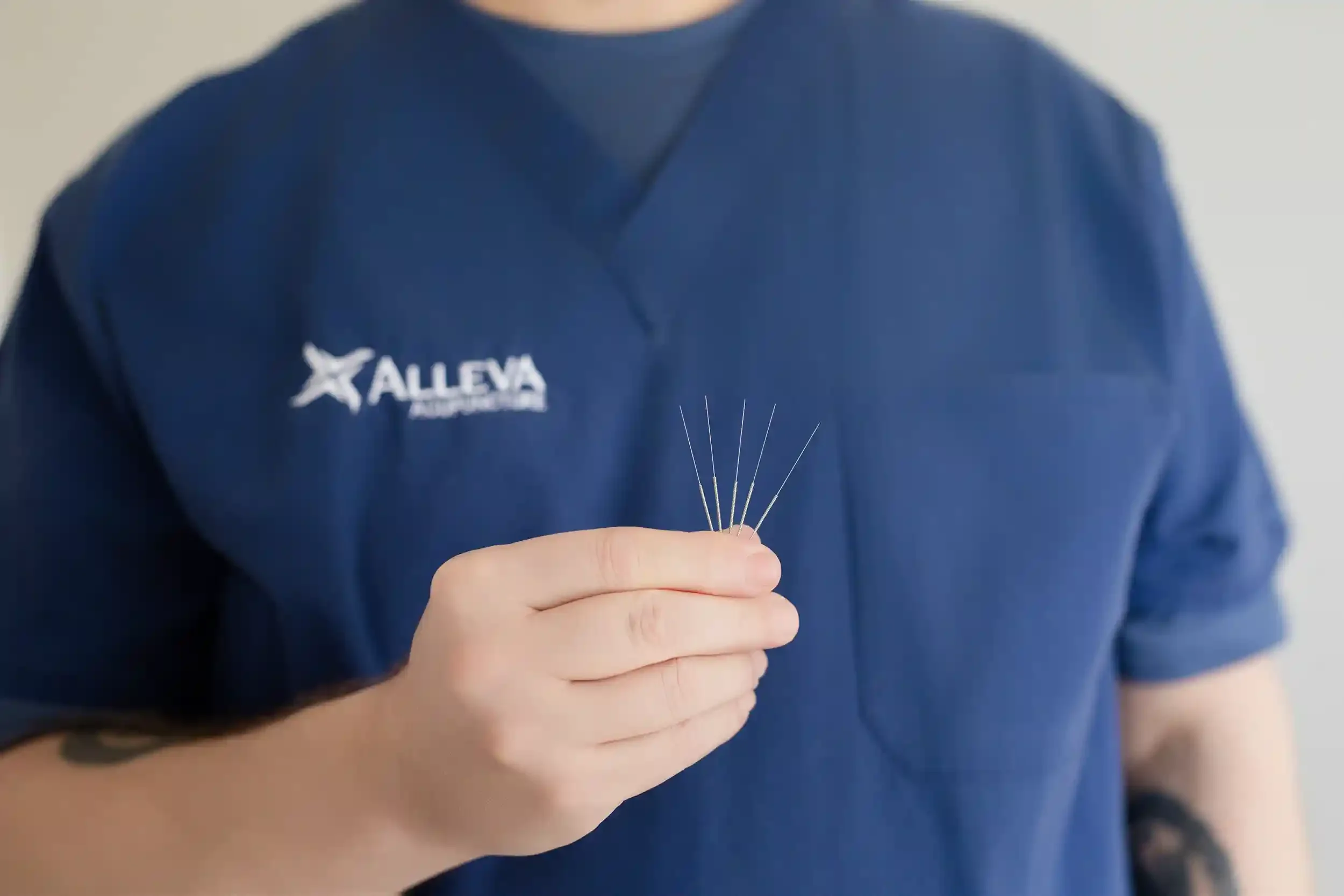
Frequently Asked Questions
Acupuncture
-
Acupuncture works by stimulating specific points on the body – called acupoints – usually with very thin, sterile needles. From a Chinese medicine perspective, acupuncture stimulates certain points along the body’s meridians – energy pathways through which Qi (vital energy) flows – to restore balance, promote the flow of Qi, and support the body’s natural healing process.
Scientific research has found that acupuncture works in several ways: by triggering signals to the spinal cord and brain to modulate pain perception, release endorphins, and influence stress, mood, and emotion regulation; by improving blood flow to reduce inflammation and help tissue repair; by promoting the release of serotonin, dopamine, and other neurotransmitters; and by regulating the autonomic nervous system, shifting the body from a "fight-or-flight" mode to a more relaxed "rest-and-digest" mode, supporting relaxation and recovery.
-
Yes. Since the mid-1970s when the practice of acupuncture first became popular in the United States, there have been over 10,000 scientific studies investigating acupuncture for the treatment of a wide range of diseases., Many of which show that acupuncture produces beneficial effects for many conditions, and when combined with conventional treatments, such as pharmaceuticals or physical therapy, it greatly enhances their effectiveness as well.
Today, many of the of the most highly rated healthcare institutions in the country including Johns Hopkins Medicine, the Cleveland Clinic, Memorial Sloan Kettering Cancer Center, and the Mayo Clinic have added acupuncture to their treatment centers.
-
Acupuncture has its roots in traditional Chinese medicine, but contemporary acupuncture treatment is also equally informed by modern medicine. Acupuncturists are licensed by the Virginia Board of Medicine, have four years of conventional medical training, and have passed a series of rigorous national board exams in both acupuncture and conventional medicine.
-
In addition to conventional medicine, acupuncturists are trained in alternative medicine theories that give a more holistic perspective on health, disease, and the human being. Our training teaches us to see the complete individual, to understand not only their physical complaints, but also how they think and feel, so that we can assemble a complete picture of the “pattern of disharmony” that is negatively affecting their health. By looking beyond a page of test results, we can see the underlying causes of their disease. Having an accurate picture of the individual is the most important factor in making an accurate diagnosis, which leads to effective treatment to achieve lasting results.
-
For most patients, significant improvement can likely be achieved within 8 to 12 treatments. There are a number of factors, however, that can affect recovery time including the length of time the health complaint has been affecting the patient, the complexity of the disease, and a patient’s overall health and age.
-
Most major health insurance including Medicare supplemental plans and Veteran’s Affairs plans offer coverage for acupuncture. The specific level of coverage, the qualifying conditions, and the member deductibles and copayment/coinsurance depend on the details of each individual plan.
For those who do not have health insurance or have high deductibles, we offer affordable cash rates when paid at time of service.
-
While acupuncture is generally not considered painful, it should not be considered absolutely painless either. For many conditions, especially musculoskeletal pain, acupuncture works best when the patient experiences some sensation at the local needling site, which is often experienced as tingling, numbness, heaviness, and other feelings of moving energy. This is an indication that the needle has been put in the correct location and will produce the optimum healing effect.
If you are sensitive to acupuncture, we can use very thin gauge needles or small, non-penetrating needles held in place with adhesive tape. These can reduce your sensitivity to allow you to receive a full acupuncture treatment and will still produce a healing effect for your condition.
-
If done following established safety protocols by a licensed acupuncturist, the risks of acupuncture are very minimal. At Alleva Acupuncture, we follow established safety protocols with regards to needle placement and only use sterile, single-use, disposable needles. We also practice clean needle technique, cleaning the skin of the selected acupuncture points with alcohol to eliminate the risk of infection.
Occasionally, there may be minor bruising at an acupuncture needle location or minor soreness the day after treatment. Both of these conditions typically resolve within a day or two and do not require any additional medical care.
-
Some healthcare professionals consider dry needling to be different from acupuncture, but in reality, dry needling is just a specific needling technique that has been part of acupuncture for thousands of years. Over the past decade, dry needling performed by physical therapists or chiropractors to treat muscle pain, has become quite popular, as they have recognized the benefits that acupuncture can provide. Acupuncture provides the same level of pain relief as offered by dry needling.
Herbal Medicine
-
Chinese herbal medicine is safe when prescribed by licensed acupuncturists or herbalists within an informed patient-practitioner relationship. The Food and Drug Administration (FDA) monitors herbal products for safety, permitting only those deemed safe for public use. Licensed acupuncturists are ethically and legally required to use safe and effective herbal medicines of the highest quality.
-
At the start of treatment, we conduct a thorough review of the patient's medical history, including current and past health issues, medications, surgeries, and allergies. This information is crucial for prescribing an appropriate herbal formula. Chinese herbs can interact negatively with certain conditions and medications, making it vital for patients to provide accurate health details to minimize risks.
-
When compared to nearly all other forms of medical treatment, Chinese herbal medicine stands out as one of the most affordable and cost-effective therapies available. The average daily cost for a herbal formula prescribed by our acupuncturists is approximately $4 to $5 – less than the price of a latte at your local café.
-
Most insurance plans don’t cover herbal medicine, but you may be able to use an HSA or FSA if your doctor provides a letter of medical necessity (LMN).
Bodywork
-
Tui Na, meaning "pushing and pulling" in Chinese, is a therapeutic massage technique that is guided by the same principles as acupuncture. During the treatment, we apply firm pressure and use stretching movements to release muscle knots and work the body's muscle-sinew channels. This approach targets musculoskeletal problems, including chronic back and neck pain, limited joint mobility, and radiating nerve pain. Often, we will incorporate herbal liniments and therapeutic suction cups to reduce inflammation and boost local circulation for faster pain relief.
-
Mayan Abdominal Therapy combines traditional Mayan healing techniques with modern understanding of pelvic anatomy to massage the abdomen, lower back, sacrum, and tailbone. This therapy reduces congestion in organs and the pelvic region, optimizing blood, lymph, nerve, and muscle function. We focus specifically on repositioning the uterus within the pelvic bowl and aligning the sacrum and tailbone – a unique approach that sets this therapy apart from other massage styles.
-
Chi Nei Tsang addresses the root causes of chronic conditions by working directly on abdominal tissues and vital organs through gentle yet deep massage. This therapy releases blockages and adhesions created by stress, poor diet, insufficient sleep, and lack of exercise – factors that cause chronic inflammation linked to diabetes, high blood pressure, depression, anxiety, irritable bowel syndrome, and infertility. During treatment, we combine gentle massage with meditative breathing to relax the mind and release fascial restrictions, allowing for a healthy flow of qi, blood, and nutrients through the abdomen.
-
We perform medical massage – not the kind of massage where relaxation is the goal. While the ultimate goal of bodywork is to get you feeling better, the process of medical massage often means first experiencing what we call “therapeutic discomfort,” necessary to release muscle trigger points and open congestion deep in the abdomen. We always check in with our patients throughout the massage and modulate to your tolerance level, but some discomfort will be necessary to make significant progress in your condition.
-
Unfortunately we are not in network with insurance providers for full bodywork sessions, so we do not bill insurance directly for medical massage. Often, depending on your insurance plan, you can use HSA or FSA funds to pay for a medical massage and can use your card just like a credit card at time-of-service to pay for the session.
We are also happy to provide Superbills, an annotated bill with diagnostic and procedural codes that you can submit directly to your insurance company for reimbursement.
